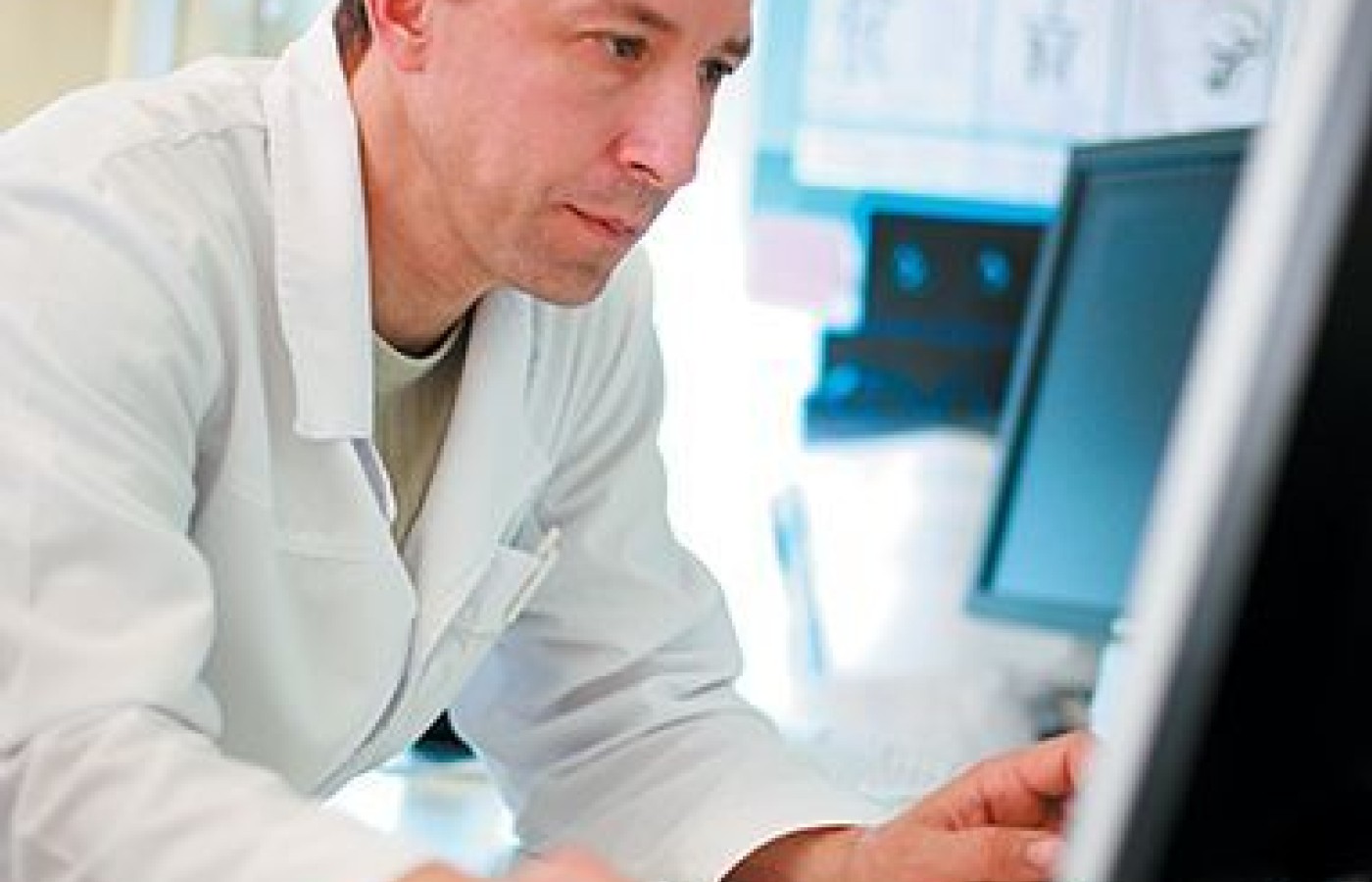Some doctors thrive in a personality-based clinic and have a loyal following no matter what services or equipment they offer, but for most chiropractic offices who are trying to grow and expand, new equipment purchases help us stay relevant and continue to service our client base in the best, most up-to-date manner possible. So, regarding equipment purchasing: should you lease, get a bank loan, or pay cash?
Look, Listen and Learn to Code
Study of the Current Procedural Terminology (CPT) Evaluation and Management (E&M) coding system can leave a doctor of chiropractic a bit confused. The description of the five new-patient and five established-patient examination codes takes up several pages in most coding books. The degree of detail and charts used to describe the codes can be overwhelming.
One of the most confusing parts of the E&M coding system are the examination bullets. Bullets (• = bullet) precede the description of individual examination procedures. A specific number of bullets is required for each level of examination.
In addition to being confusing, the bullet system does not include bullets specific to chiropractic examination procedures. There are no bullets related to adjusting technique examination procedures. Chiropractors are left to use a combination of the musculoskeletal and neurological bullets intended for orthopedists and neurologists.
Review of these bullets shows there is some overlap of the musculoskeletal and neurological bullets with chiropractic practice. Palpation, inspection and range of motion are a few of the procedures included in the bullets that overlap. Reflex, sensation, coordination and motor testing also overlap between the professions. Orthopedic tests, the named testing we share with medical professionals, are not listed specifically.

Presented with these circumstances, the doctor of chiropractic must find the right combination of bullets for the examinations they perform and coordinate these with the appropriate codes.
Having utilized and taught E&M coding and bullet selection, I would like to make a few suggestions for performing higher-level examinations. The suggestions should make navigating the bullet system easier and help the doctor perform a thorough examination in a reasonable period of time.
These suggestions relate to assessing neurological status. These bullets are important, as we generally consider ourselves to be doctors dealing with the nervous system.
To obtain justification of a 99203 or 99214 code, the doctor must perform at least 12 bulleted procedures. Palpation, ROM and inspection alone cannot accomplish obtaining 12 bullets. Without neurological testing, we cannot justify these or higher coding levels.
There are single bullets for grooming / general appearance and for gait / station. Five bullets are associated with mental status and eight are associated with the cranial nerves. Most of the procedures for these bullets can be included in an examination based on the doctor's observations.
Appearance and Grooming
Noting the patient's general appearance, development, nutrition, body habits, deformities and attention to grooming is considered to be a single bullet in the E&M system. This holds true for both the neurological and musculoskeletal bullet requirements. It is common to read a comment in a medical report that a patient is "well-nourished" or "poorly groomed." Medical doctors understand the importance of this notation in examination and coding. Obtaining the bullet simply requires a quick look at the patient and then noting their appearance in the records.
Gait and Station
Another bullet found in both the neurological and musculoskeletal bullets is examination of gait and station (stance). Chiropractic patients are frequently antalgic both in gait and station. Other gaits that can be observed are drop foot or steppage gait, ataxic gait and Trendelenberg gait. As with general appearance, these findings are observable objective findings that do not require specific testing.
Mental Status
Evaluation of mental status has five possible bullets. The patient's orientation to person, place and time, recent and remote memory, attention span and concentration, language and the patient's fund of knowledge can be assessed. Most of the mental status information can be gained from observation and also from reviewing any paperwork the patient completed.
If the patient printed and signed their own name, completed health-related questions and dated the forms correctly, it is a good indication that they know who they are (person), that they are in a doctor's office (place) and the correct date (time). They are oriented.
If the patient provided good detail about their current complaint and items from previous complaints (recent / remote history) in their paperwork, then recent and remote memory are probably intact.
If the patient did not take an inordinate period of time to complete paperwork and is attentive during the history process with the doctor, their attention span and concentration are probably good.
If the patient speaks to the staff and doctor in a manner that seems normal, their language abilities are probably intact. Vocal ticks, such as laughing at the end of every sentence, repeating phrases, etc., are easily noted in patients who have them.
If the patient is aware of recent events, past history and has a vocabulary that would be expected for their age and educational background, their fundamental knowledge is probably good. Vocabulary can be noted from the completed paperwork and from conversation with the staff and doctor.
Cranial Nerves
While there are 12 cranial nerves, there are only eight possible bullets for their examination. The first cranial nerve is not given a bullet, as the most common reasons for a loss of smell are colds, flu, sinus trouble and aging. These are rather benign pathologies compared to other pathologies that affect other cranial nerves. Cranial nerves three, four and six are tested together, and isolated pathologies of cranial nerve 10 are extremely rare.
Information regarding the function of cranial nerve two (visual acuity and fields) can be determined by noting if the patient wears glasses or contact lenses. This can require a quick look or a single question.
Cranial nerves three, four and six control eye movements. It is easy to note if a patient has a converging or diverging eye that does not move in synchronization with the other eye.
The fifth cranial nerve controls muscles of mastication (chewing) and facial sensation. If the patient is having problems chewing, it will more than likely be from dental problems or TMJ problems than from weakness of the muscles of mastication. Motor dysfunction of cranial nerve five is not common.
If the patient has a sensory loss related to cranial nerve five, the patient will likely report it. It is easily detected and will be a concern for the patient. Everyone touches their face repeatedly throughout the day. Washing the face, applying makeup, brushing the teeth, shaving and other activities require touching the face. But a continued abnormal sensation or lack of feeling will be a concern for the patient, and will be noted and reported.
The seventh cranial nerve controls the muscles of facial expression. Paralysis of the facial muscles from Bell's palsy or a stroke is easily noted. One side of the face droops, the face does not move symmetrically and speech is affected. Bell's affects the entire face, while stroke only affects the face below the eyebrow.
Cranial nerve eight deals with hearing. An obvious sign that a patient has a hearing problem is the presence of a hearing aid. Other signs may be having to repeat questions to the patient, having to speak loudly to the patient, or the patient responding with inappropriate answers that don't match the questions asked.
Cranial nerve nine deals with swallowing. Ten is also involved. If the patient is having difficulty swallowing, they may report it, perhaps as frequent choking. These nerves also deal with phonation. A patient with a husky voice or who has experienced a recent voice change (barring current transitions in puberty or cold / flu signs) could have a cranial nerve dysfunction of the ninth and 10th nerves.
If a patient is shrugging their shoulders and shaking their head when answering "no" then cranial nerve 11 is probably intact. The trapezius and SCM muscles innervated by the 11th cranial nerve control these movements.
The 12th cranial nerve controls the movement of the tongue. If pathology is present, when the tongue is protruded it will deviate to one side, the side of the lesion. However, if the tongue is that dysfunctional, it will be noticed during speech. The tongue is very important in articulation and when tongue pathology is present, speech becomes slurred.
Speech has an important role in cranial nerve examination. Cranial nerves seven, nine, 10 and 12 all play a part in normal speech. Abnormal speech requires a closer look. Each nerve should be tested individually and a search to rule out dysfunction at higher neurological levels must be conducted.
General appearance, gait and station, mental status and the cranial nerves provide 15 bullets. The jump between 99203 and 99204 or 99214 and 99215 examinations is going from 12 to "all" bullets. This is impossible without including the bullets discussed above.
Early in practice, a doctor will look at a patient and realize, "Something isn't right." It may take minutes to a few weeks to determine what it is. After a period of time, determining what "isn't right" becomes much quicker.
Unfortunately, these observations and realizations are often unrecorded. This decreases the quality of the clinical record and also decreases the likelihood of the record meeting the appropriate level of examination. As doctors, we fail to give ourselves credit for the job we truly performed when keen observations are not recorded.
The examination findings described here are easily recorded. With current electronic records, a short statement such as, The patient's appearance, gait, mental status, and cranial nerves are intact and within normal limits based on history and observed objective findings, can be added to most systems for use.
Obviously, looking and listening are very important parts of the examination process, and many aspects of a patient's health can be assessed simply be looking and listening. And of course, should looking and listening reveal what could be pathological signs and symptoms, further evaluation through hands-on examination techniques is necessary.
Resources
- Current Procedural Terminology 2011. American Medical Association, 2011.
- E/M Coding Made Easy. Practice Management Information Corp., 2005.
- Miller KJ. Practical Assessment of the Chiropractic Patient. MPA Media, 2002.
- Goldberg S. The Four Minute Neurologic Exam. Med-Master, Inc. 1999.
Dr. Miller provides a video introduction to this month's column in the app version of this article.



